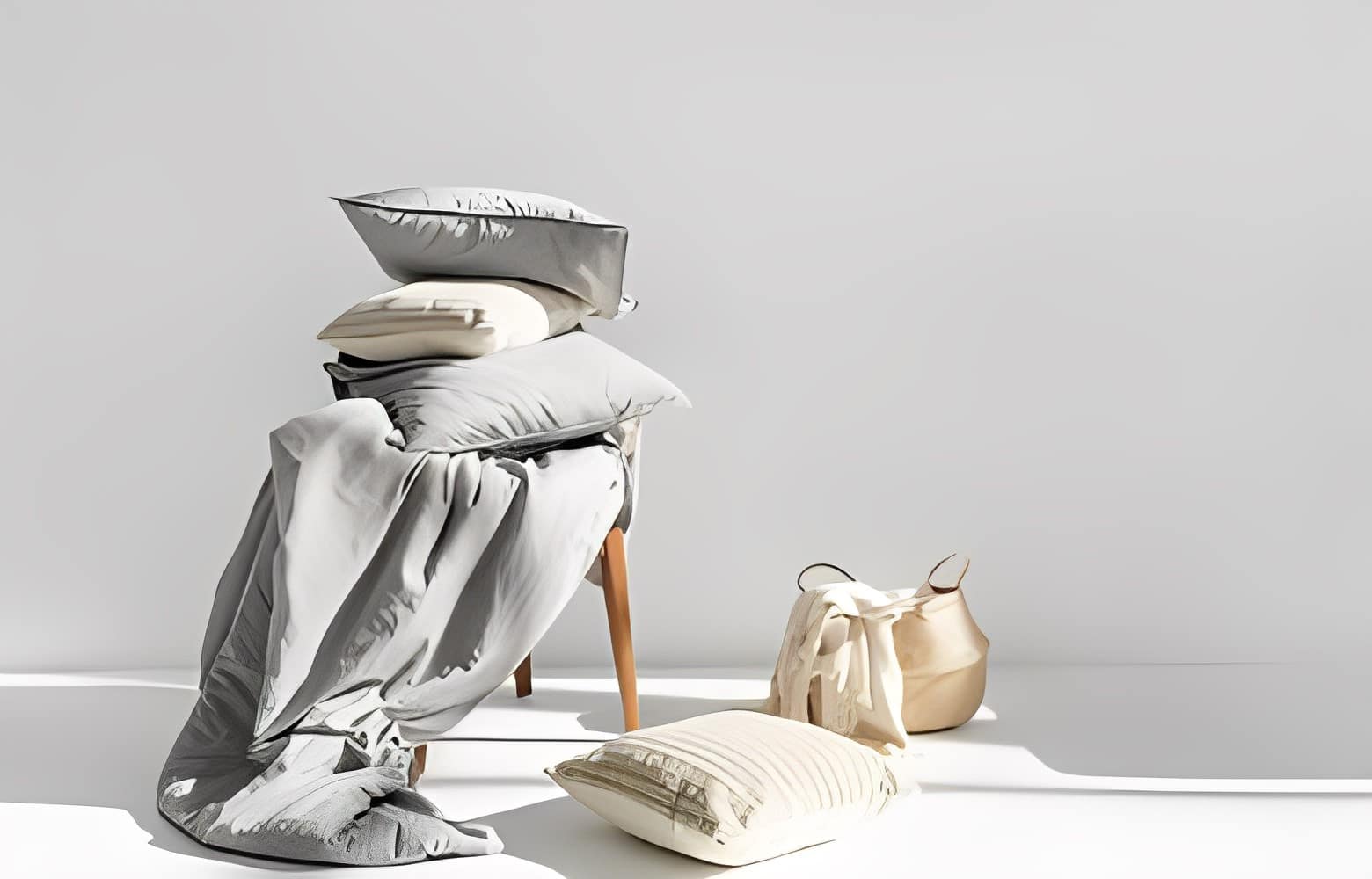Blog
10+ Different Types Of Bedding Materials And The Best Choice For You
Are you tired of waking up feeling restless and uncomfortable after a night’s sleep? It is time to take a closer look at your bedding material. The right bedding can make all the difference in the quality of your sleep. With so many options out there, it can be overwhelming to choose the best one for your needs. That is why we have put together this comprehensive guide to different types of bedding materials to help you make an informed decision.
Common Types Of Bedding Fabrics
1. Cotton
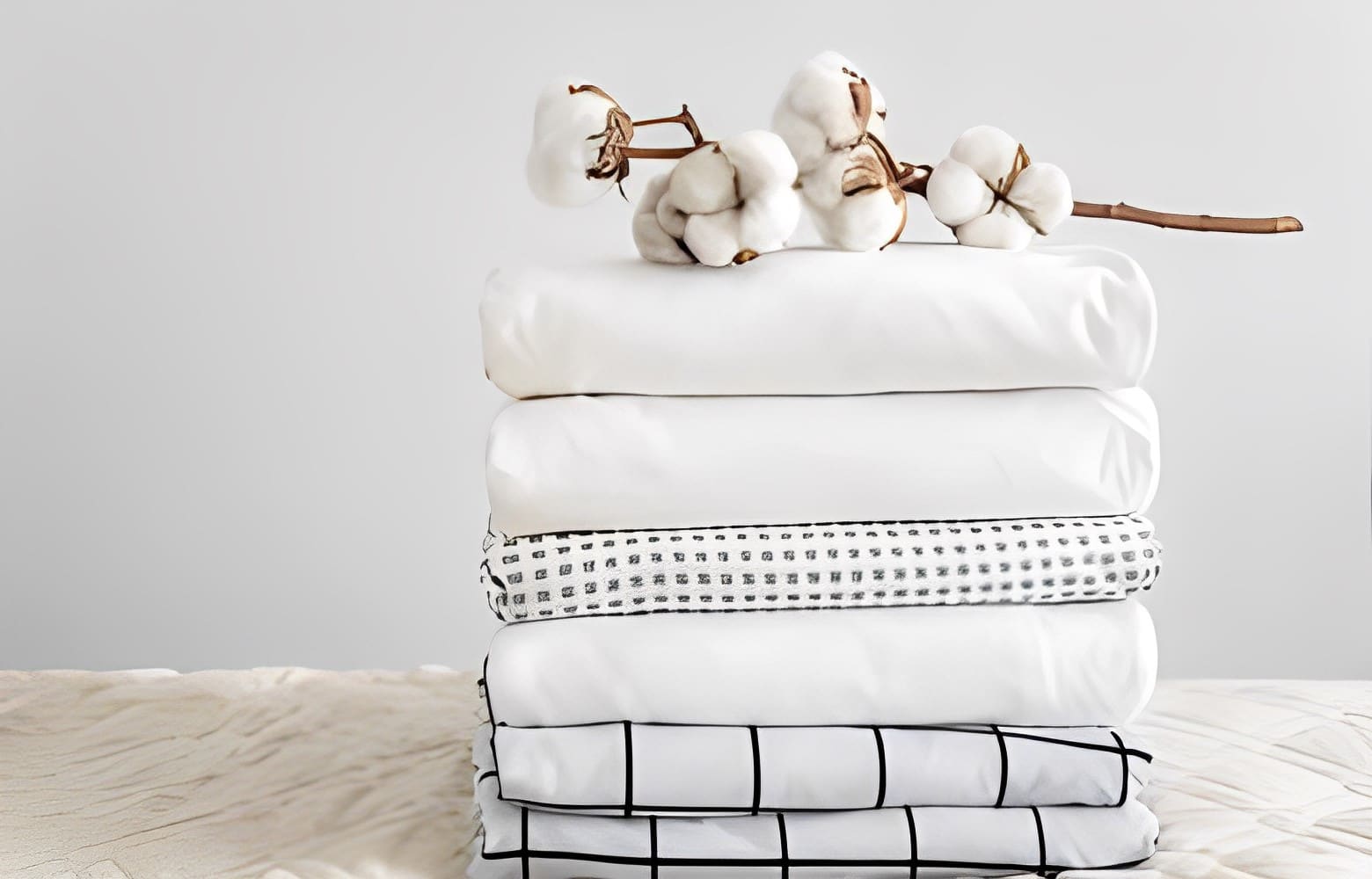
1.1. Egyptian cotton
Cotton from Egypt is the most luxurious type. This is the option to choose from if you desire luxury style, incredibly soft bed linens. Egyptian cotton, which grows in the warm, dry climbs of North Africa, has extra-long fibers that produce the smoothest, softest fabrics.
1.2. Pima cotton
Pima cotton is renowned for its inherent shine and softness. Its medium- to extra-long fibers make it perfect for use in bedding. The southwest region of the United States is where most of this cotton is farmed, along with a few other places.
1.3. Upland cotton
Another extra-long fiber, Upland cotton is native to the Americas but is now the most commonly grown cotton in the world. Its fibers are not as long as Pima or Egyptian cotton, so it’s not as soft as those varieties. Most cotton sheets, unless they specify otherwise, are made of Upland cotton, especially if they are bargain-priced.
1.4. Supima
Supima cotton is a superior type of cotton grown in the USA. It represents less than 1% of cotton grown in the world. What makes Supima unique to other cottons is the extra-long staple fiber that gives the cotton its premium properties: Strength, softness and color retention.
1.5. MicroCotton
Unlike other varieties of cotton, MicroCotton is made from the longest cotton fibers—fibers that are usually discarded during the production process of ordinary towels. This makes it possible to produce towels that are softer and fluffier while yet having a denser structure.
1.6. Cotton jersey
As opposed to woven, sheets composed of cotton fabric that is knit are called cotton jerseys. If you appreciate the feel of soft cotton T-shirts, you will like cotton jerseys because they are basically made of the same fabric.
1.7. Percale
A basic criss cross weave (one thread over, one thread under) produces a crisp, airy cloth known as percale. A cotton fabric with a simple weave and a close weave is called a percale. With 180 or more threads, it has an extremely nice texture.
1.8. Combed cotton
Cotton fabric that has been treated to eliminate all of the short fibers during the manufacturing process, creating a highly smooth fabric, is referred to as combed cotton.
1.9. Flannel
A mainstay for chilly winter nights, cotton fabric that has been combed to fluff up the fibers is called flannel. The end product is an incredibly soft fabric with a nap that retains body heat, which is how flannel gets its cuddle-worthy reputation. Flannel is not graded by thread count like other sleeping textiles are; instead, it is measured in ounces per square yard. As winter draws near, you will find the best collection of flannel sheets, including sets with patterns inspired by the holidays.
2. Satin
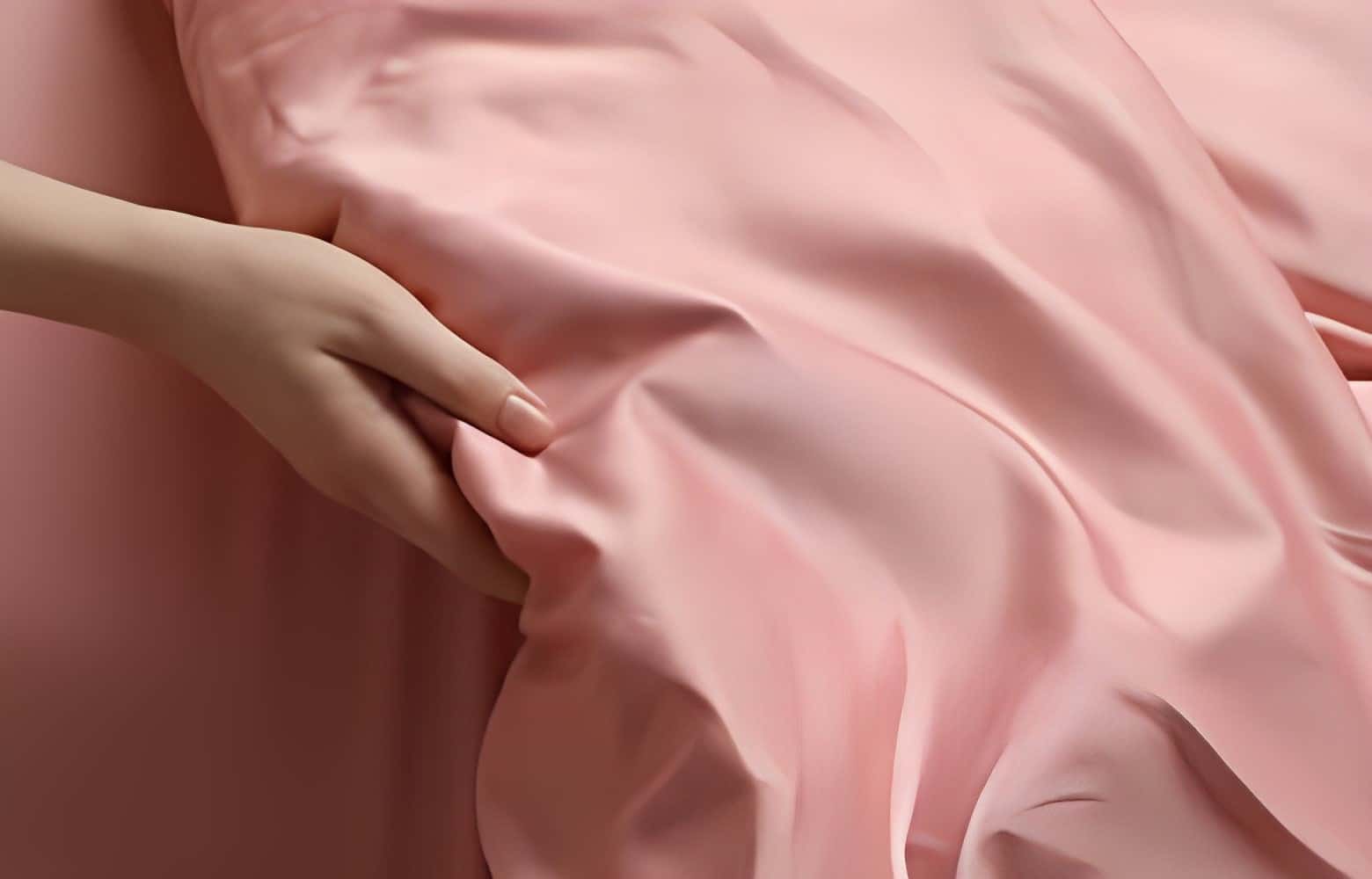
Although sateen’s breathability and cooling properties have already been lauded by experts, its attractiveness should not be overlooked.
Depending on where you live in the world, this material is a perfect choice if you are wondering how to sleep better in a hot climate. You can use them continuously or alternately over the seasons.
3. Linen
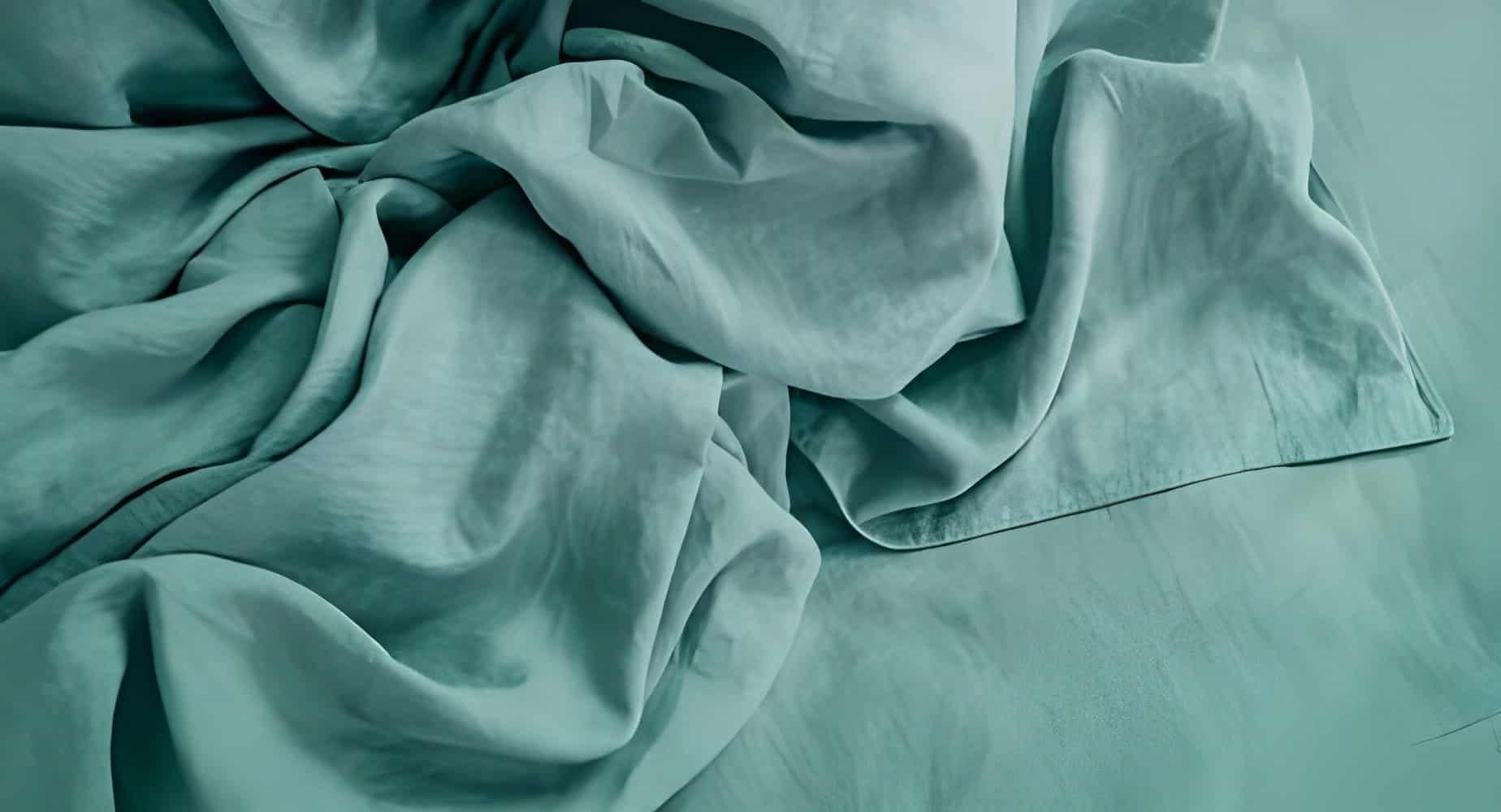
In general, linen sheets are more expensive and have a rougher texture than cotton sheets. Because linen feels cooler on the skin than cotton, it is very popular in areas with warmer weather. They are rather sturdy, so if you take excellent care of them, they will last longer, but they are difficult to iron, so they’re not the ideal choice if you are looking for something low maintenance.
4. Silk
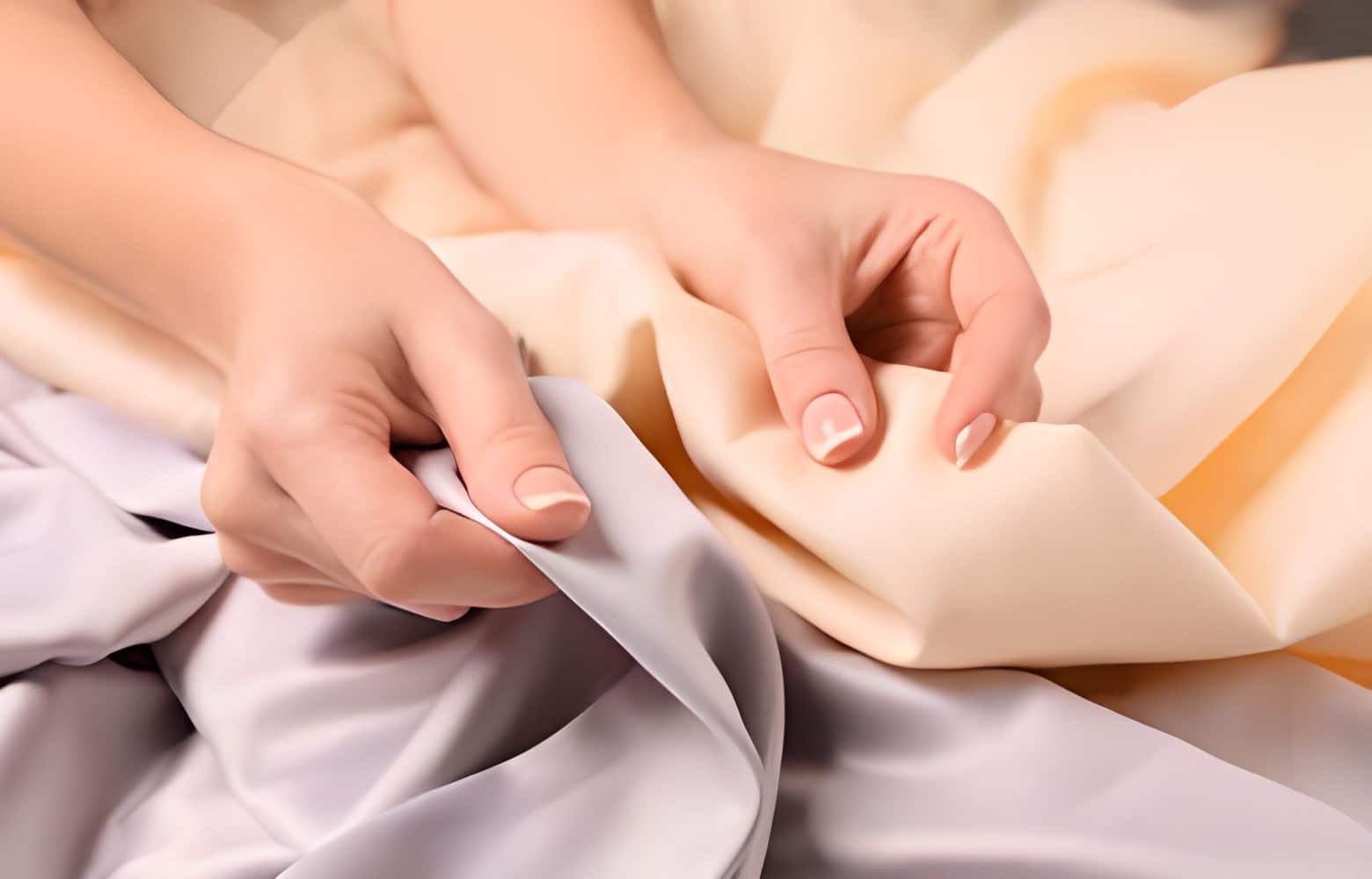
Silkworms make silk, a silky, lustrous material. Real silk sheets are cool and smooth, making them the epitome of luxury. Naturally, the exorbitant cost and sensitive maintenance of silk are its drawbacks. Still, think about investing in a set of silk sheets for the ultimate in luxury.
5. Microfiber
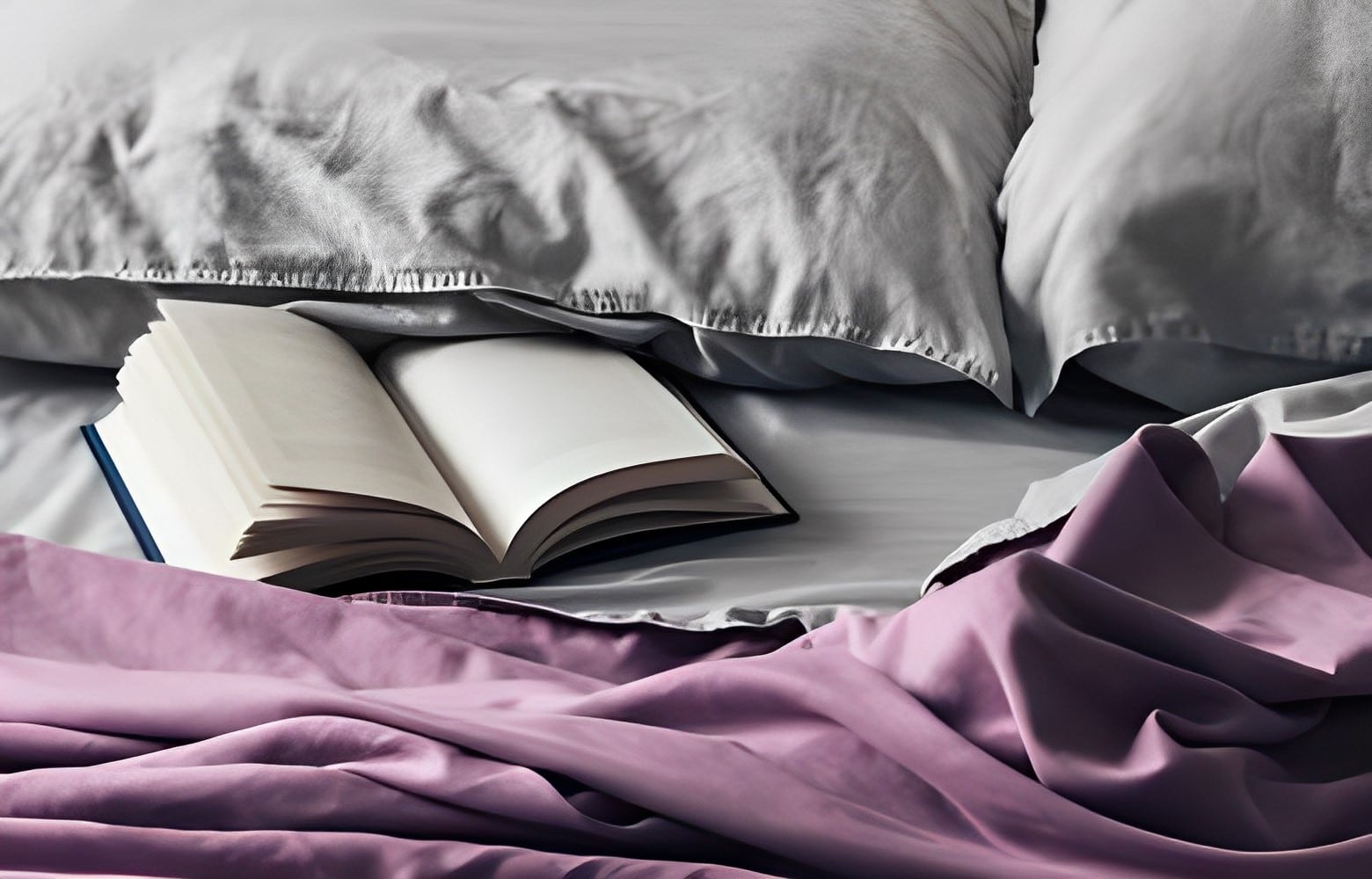
Microfiber is essentially incredibly finely woven polyester. Microfiber sheets are excellent for youngsters, for eating in bed, and for people who share a bed with their dog because they do not stain. It is suitable for cold weather because it is less breathable than cotton but softer than polyester.
6. Bamboo

Experts adore bamboo because it is a natural fabric made from the pulp of bamboo grass that is breathable, hypoallergenic, and natural. Similar to linen, its ability to absorb three times its own weight in water makes it an excellent choice for hot sleepers. It is quite good at wicking moisture away from your body.
If you are hypoallergenic, try to use silk or bamboo fabrics because they are organic and will probably encourage restful sleep.
7. Polyester
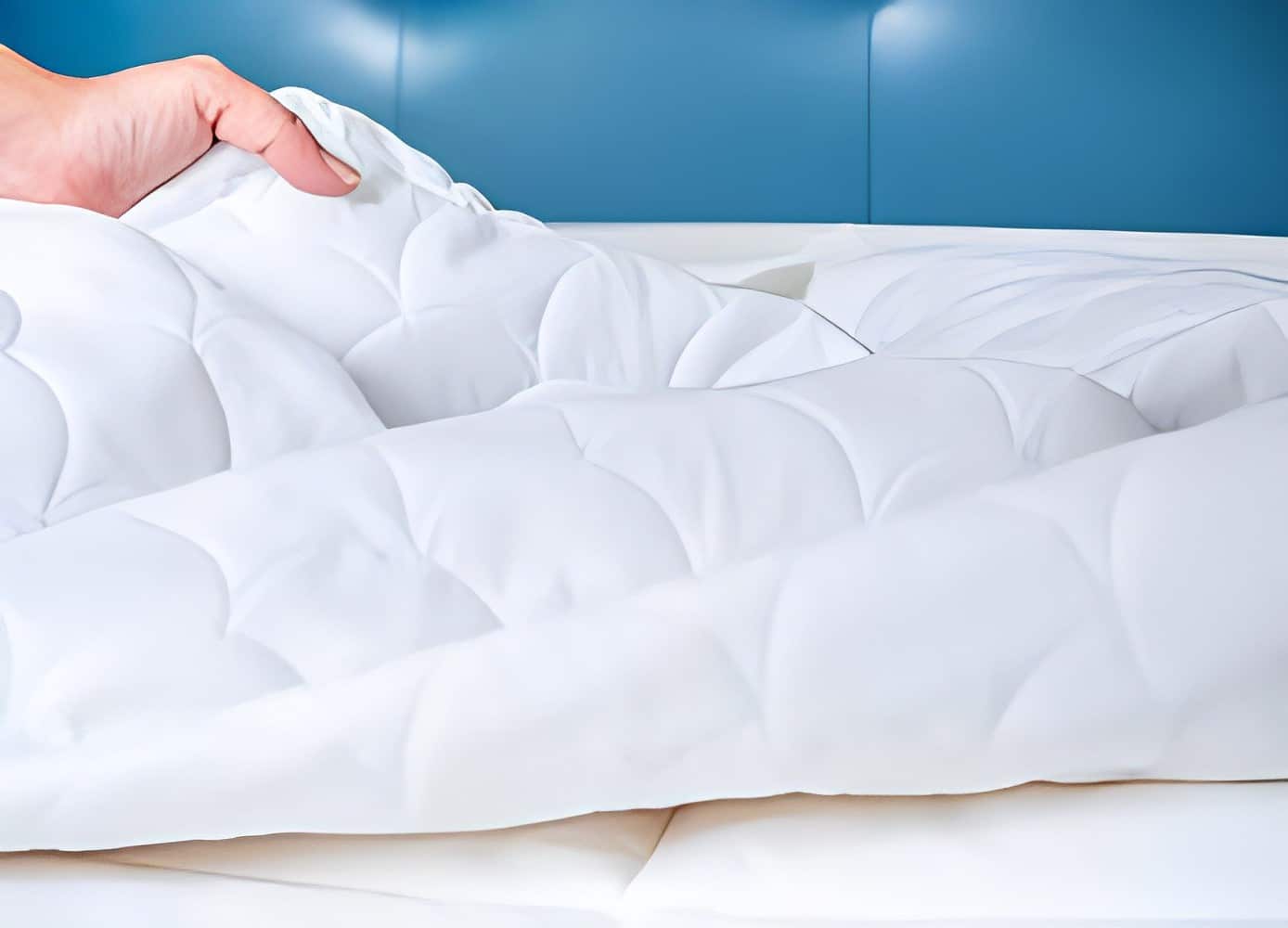
The same polymers used to make plastic drink bottles are also utilized to create polyester, a synthetic textile. Polyester is cheap, but on its own, it is very scratchy and stiff. In cheap sheet sets, polyester is typically blended with another thread-cotton, most often.
8. Tencel
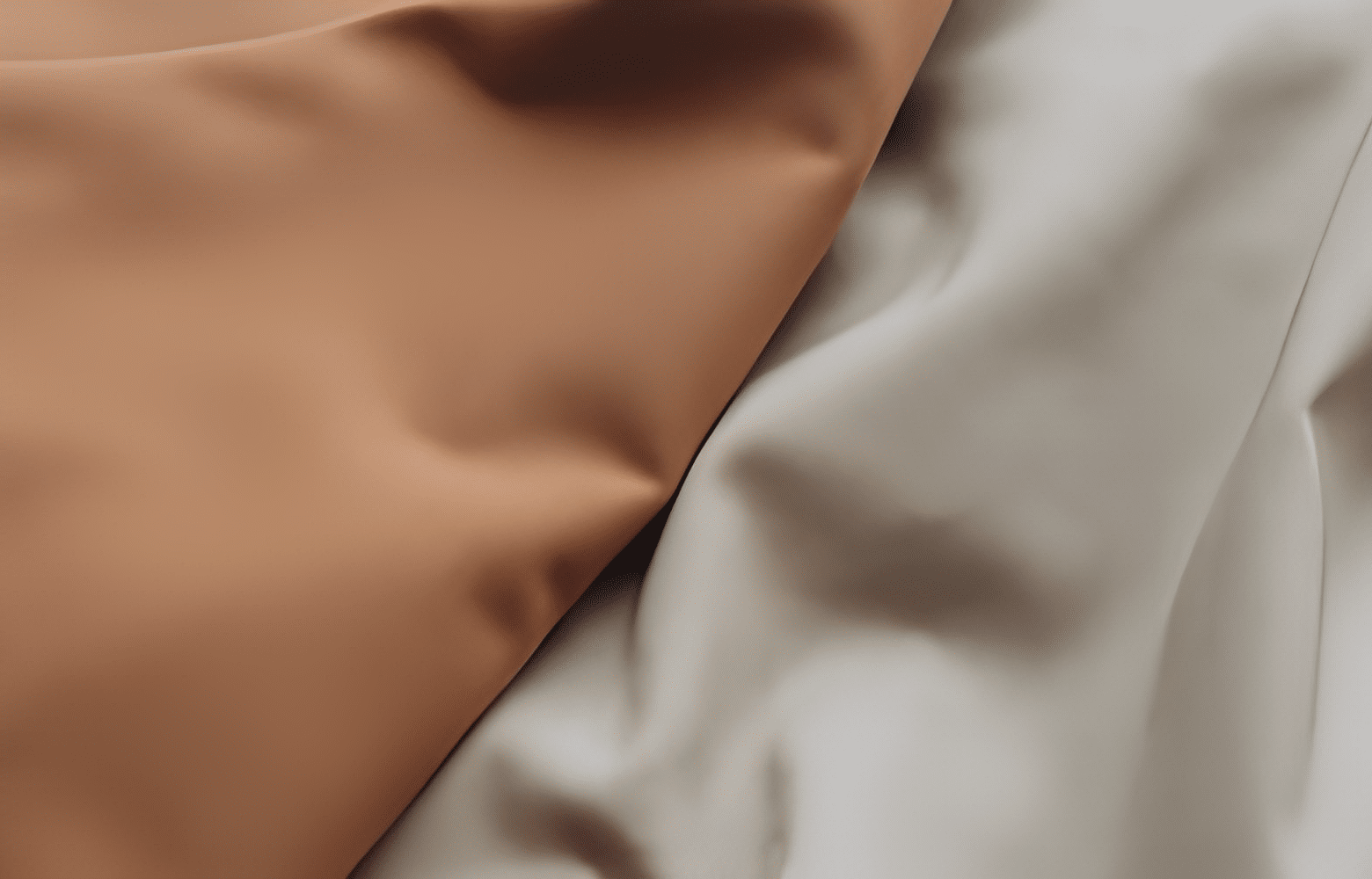
Tencel fibers are produced using less water and energy than standard cotton since they are compostable and biodegradable. This makes Tencel a popular option for those who care about the environment.
Tencel sheets are exceptionally smooth and silky to the touch, which makes them incredibly comfortable to sleep on. Additionally, they are incredibly breathable and moisture-wicking, which helps you stay cool throughout the sweltering summer evenings by regulating body temperature.
Tencel sheets are incredibly strong, resilient to shrinking, and wrinkling. They are a practical option for busy households because they are simple to maintain and can be machine washed and dried.
9. Acetate
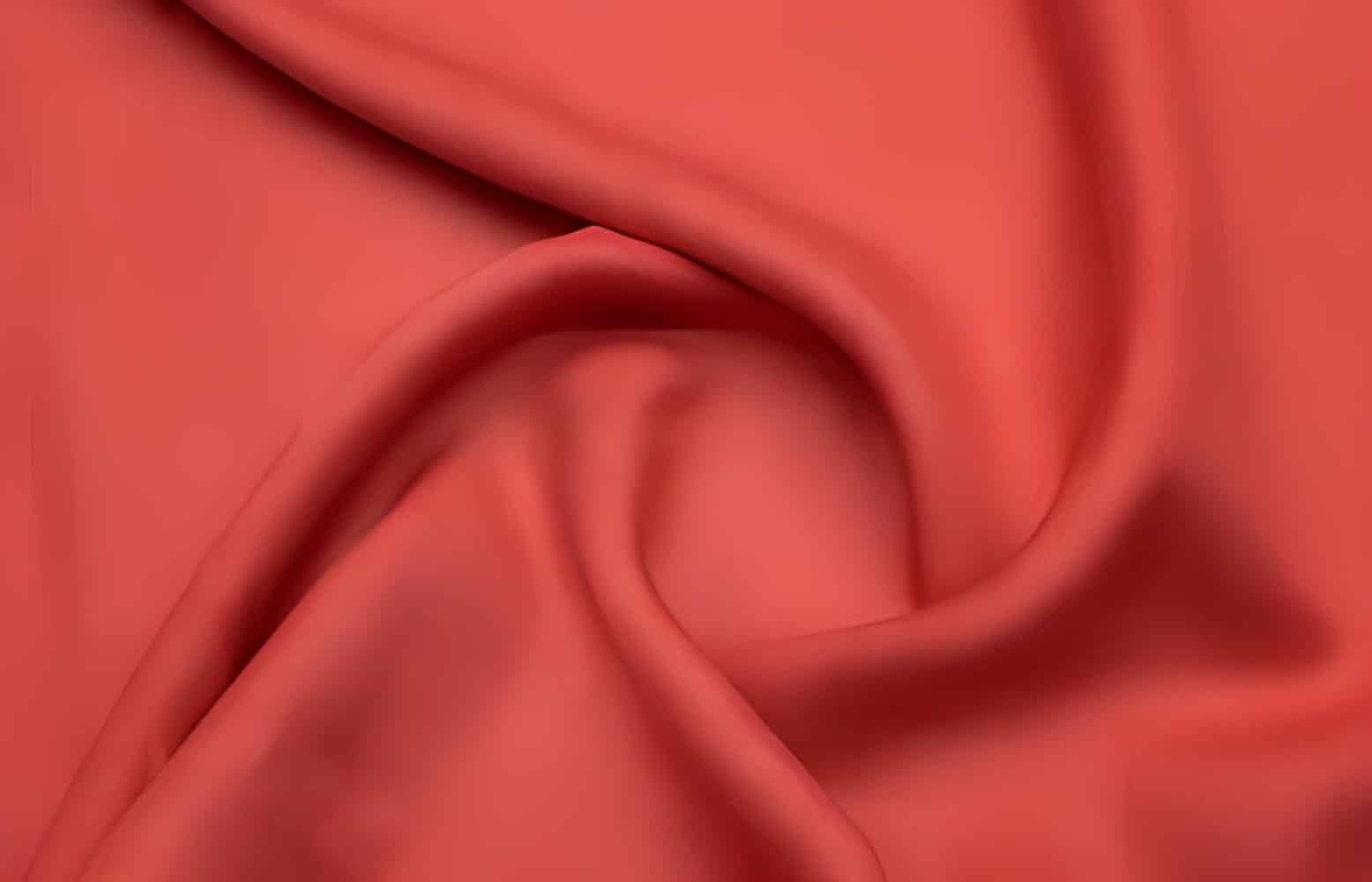
Acetate is a material composed of wood fiber cellulose. These sheets feel incredibly satiny and soft, but they need to be hand-washed or dry cleaned due to the weak strands.
10. Nylon
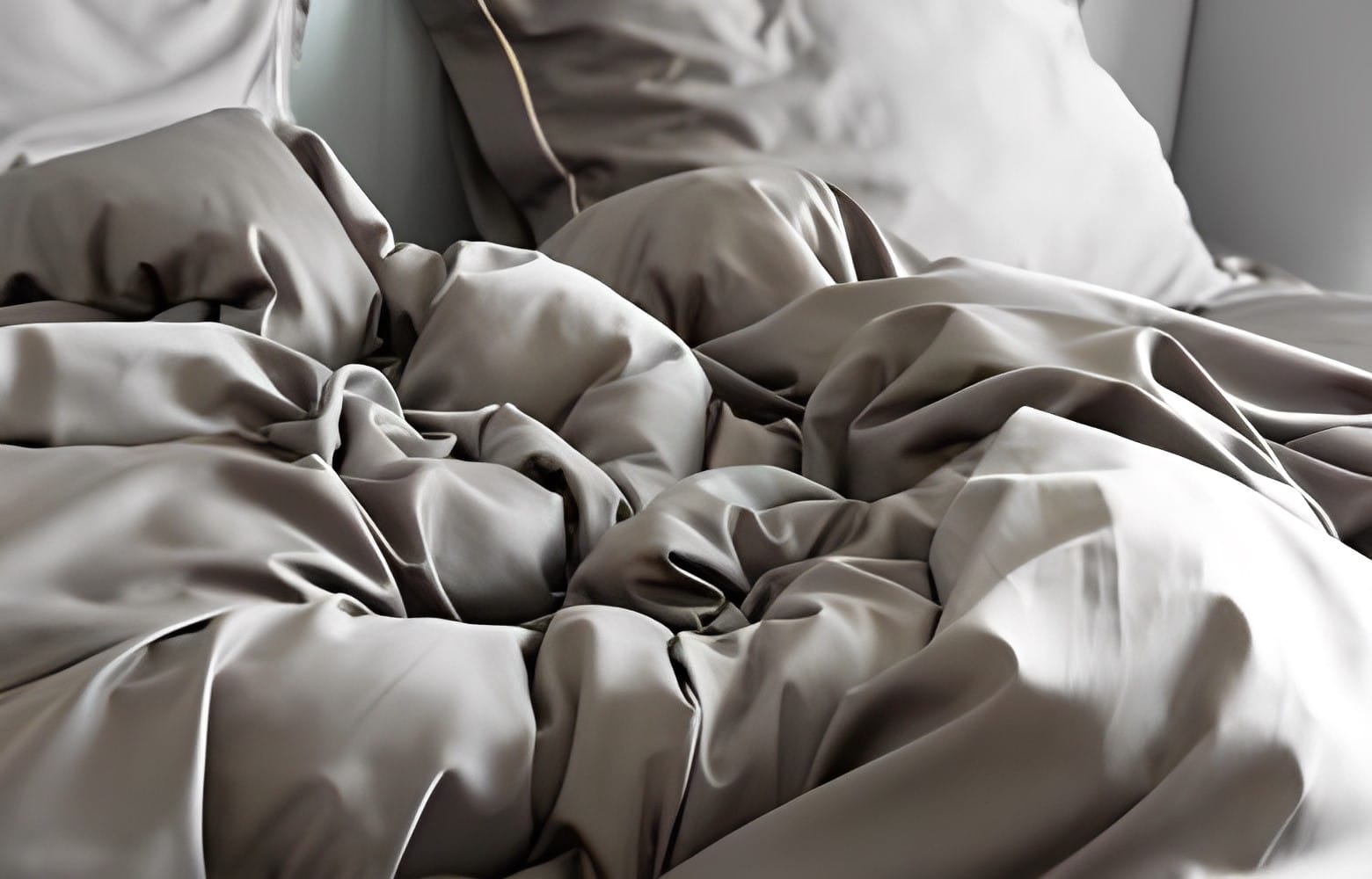
Strong and long-lasting synthetic materials like nylon can be used to create smooth, silky, wrinkle-resistant bed linens. However, nylon begins to pill after just a few washes. Furthermore, nylon can not withstand the intense heat of dryers or clothes irons well. For nylon, difficulties can arise from even too much sunlight.
11. Acrylic
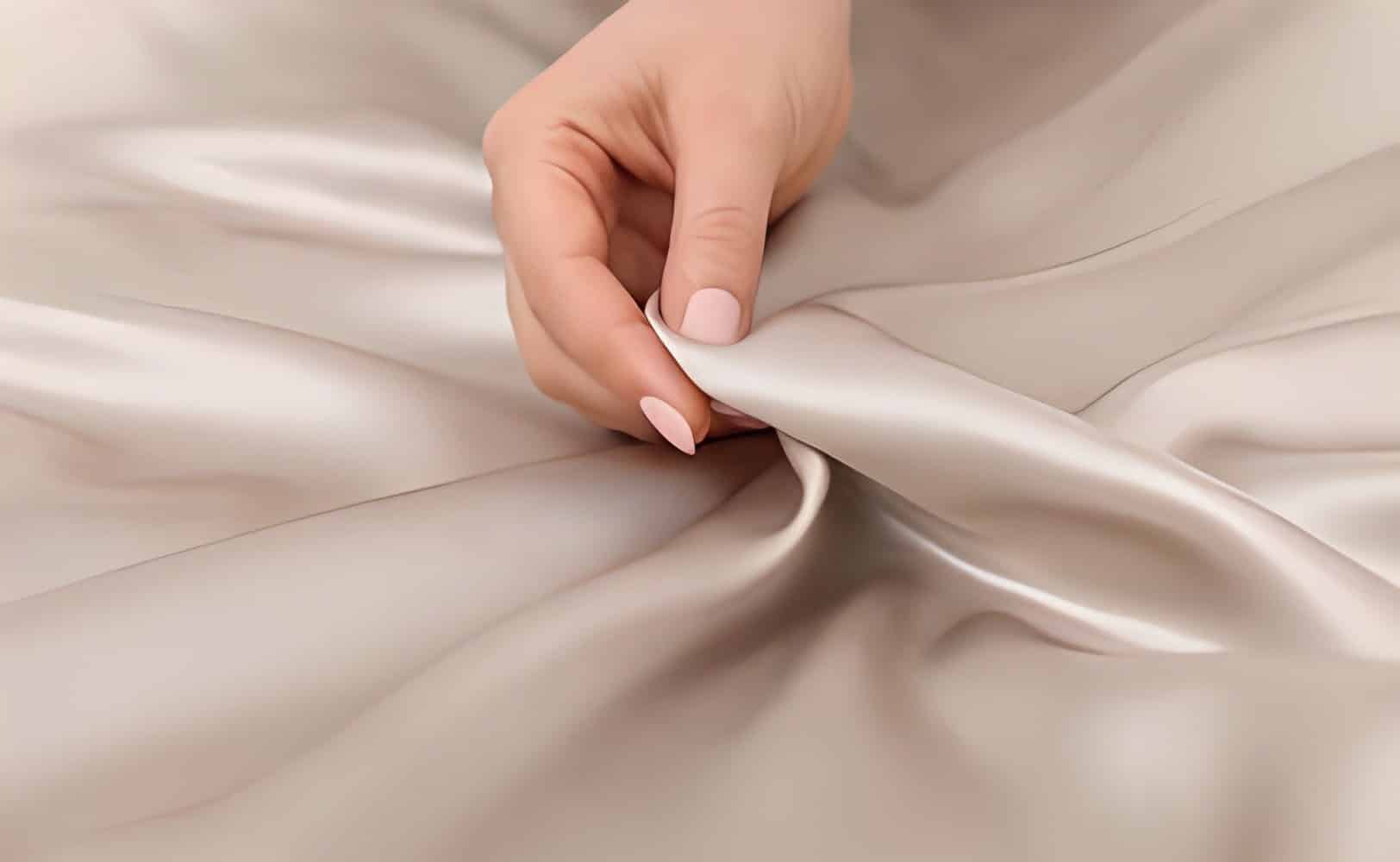
Another synthetic material is acrylic. Although it is not as soft against the touch as natural fibers, it can be utilized to create incredibly colorful bedding and is incredibly wrinkle-resistant. Compared to actual sheets, blankets and comforters are where it is utilized more frequently. To prevent pilling, washing must be done carefully.
How to choose the right bedding material?
-
Best to choose
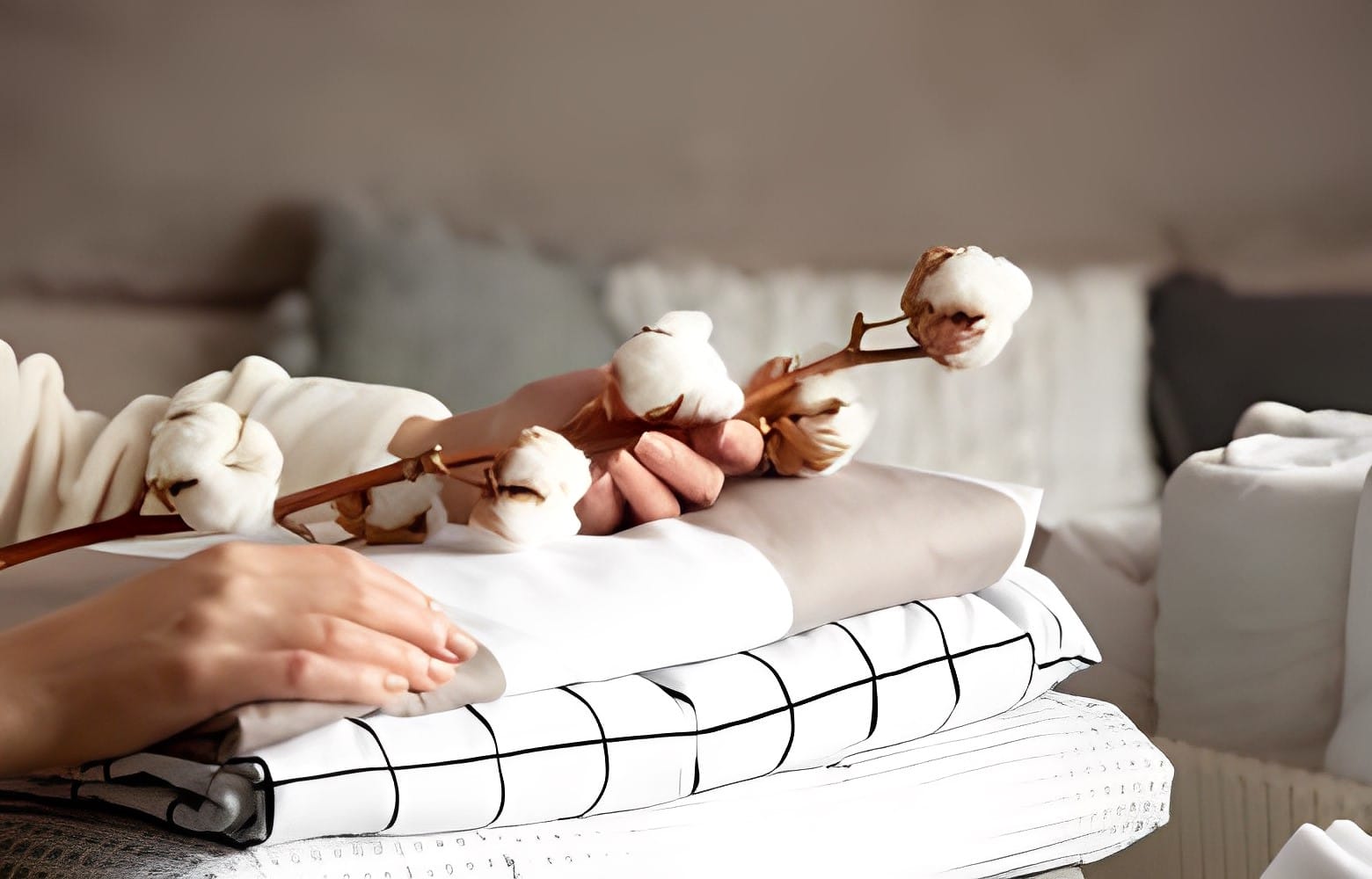
Cotton is the most popular material for bedding. Cotton is appealing in large part because it offers a wide range of possibilities at various price points. Be it thin and airy or thick and cozy, cotton sheets come in a variety of qualities. Cotton is likewise simple to maintain and clean.
When thinking about this kind of sheet, it’s crucial to pay special attention to the details because cotton sheets come in a variety of styles. The varieties of cotton, weave, and thread count are just a few examples of the details that can help you choose the ideal sheets for your bed.
-
Best Sheets for Hot Sleepers
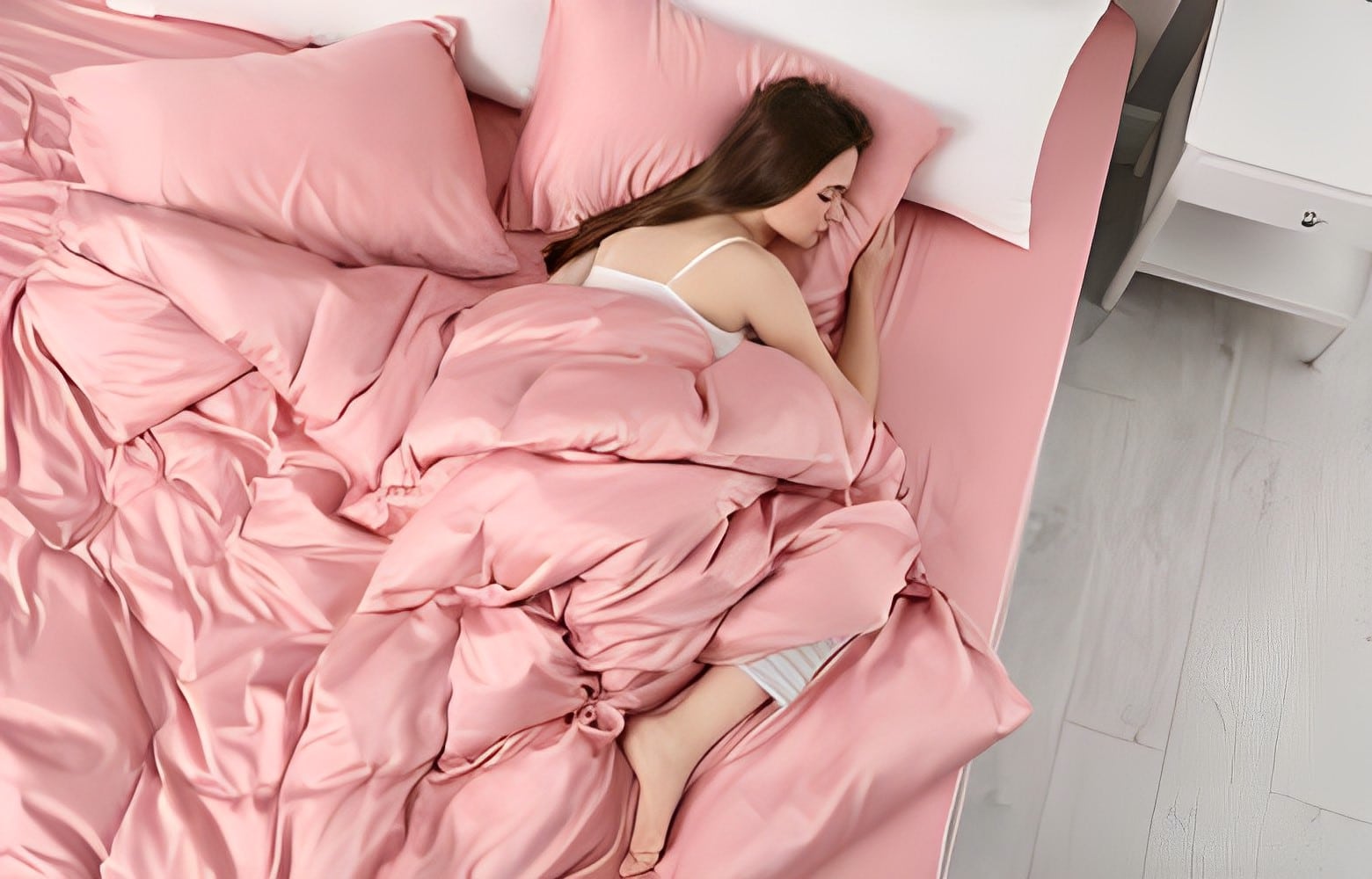
Sheets with moisture-wicking qualities, light weight, and breathability are ideal for hot sleepers. These qualities allow air to circulate while wicking perspiration from the body to keep sleepers from overheating.
Tencel, silk, derived from bamboo, and linen are renowned for their superior breathability when used to make sheets. Percale-woven cotton sheets can also be light and breezy.
Silk or linen can satisfy the needs of sleepers seeking a fabric with less chemical processing. Silk is a terrific material for controlling temperature, whereas linen works well as a sheet in warmer climates. But these kinds of sheets are frequently more expensive.
-
Best Sheets For Cold Sleepers
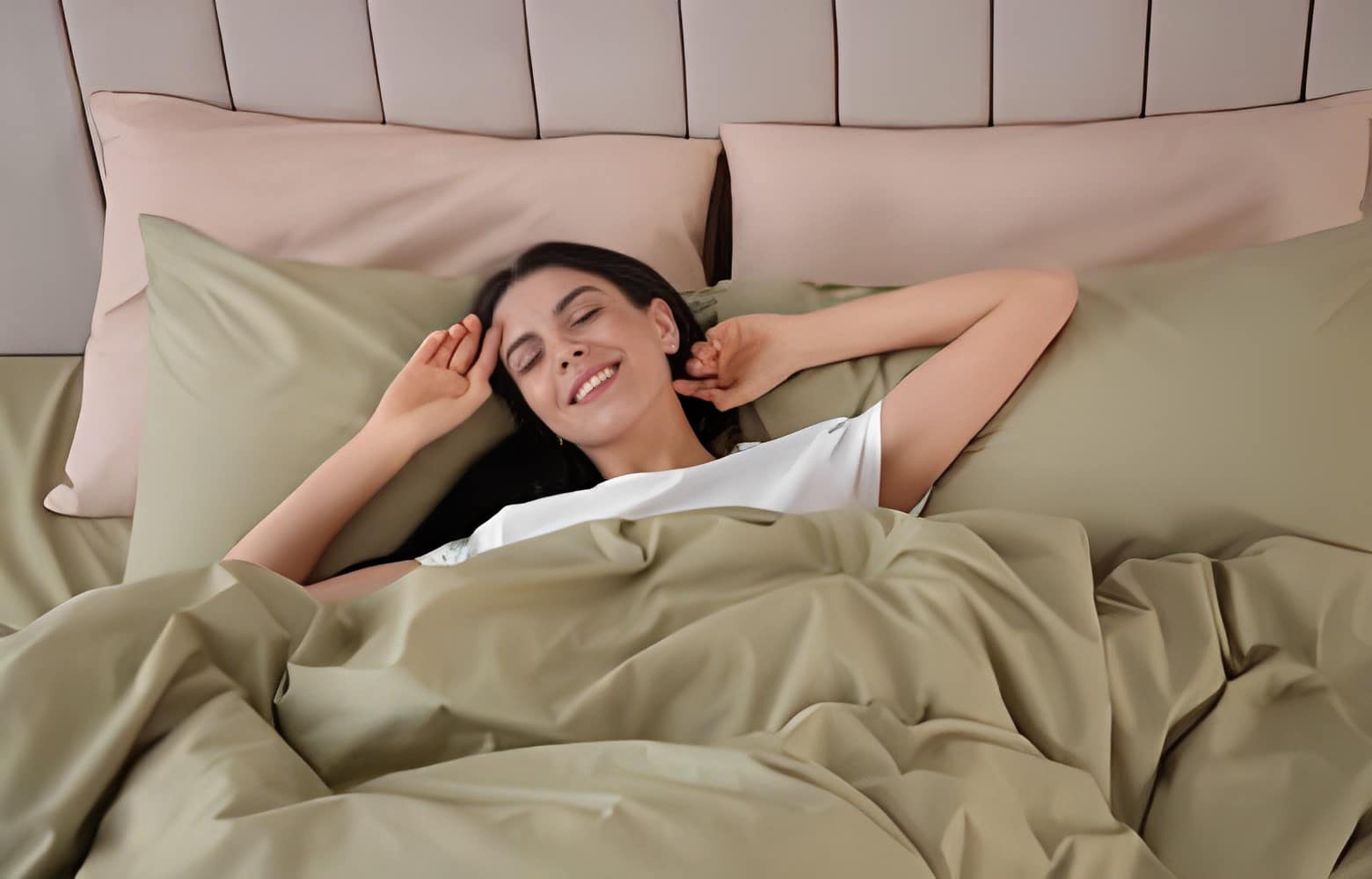
Those who are cold sleepers should use thicker sheets that will retain heat and give the room a toasty atmosphere. Heavier cotton sheets can aid in heat retention, while flannel sheets are highly acclaimed for their warmth. Additionally providing a velvety feel that aids in retaining body heat are brushed microfiber sheets.
Since Tencel produced from bamboo are typically made for breathability and cooling, cold sleepers should normally stay away from these options when choosing bedding.
Choosing the right bedding material is an important decision that can impact the quality of your sleep. Ultimately, the best bedding material for you will depend on your personal preferences and needs. Consider factors such as your budget, sleeping habits, and desired level of maintenance when making your decision. With this guide, you will be well-equipped to choose the perfect bedding material for a good night’s sleep.

